If an accordion player bellows a melody in Serbia, could the vibration cause a vocalist in Nairobi to sing? Enter Timezones, a podcast series exploring diverse worlds and practices of artists in different contexts. Through epic long-form offerings, time is textured and space bent with a series of episodes that are both informational preambles and deep discussions on music and creativity.
A joint project of Goethe-Institut and Norient (a worldwide audio-visual network and community platform for contemporary and experimental music cultures), the Timezones podcast traces artistic journeys from Rio to Dhaka, Nairobi to Budapest, Manilla to Serbia and more. A range of aural formats, including experimental and documentary modes, stitches patches of narrative and non-narrative soundbites.
Each episode surfaces a phenomenal mix of personal narrative, regional accounts and dreamlike reflections punctuated with hazy, distant synths and echoing percussion — be it a profile of small-scale studios in Nairobi, music communities in the Bay area or challenging stereotypical images of Rio de Janeiro, dystopias and utopias are sandwiched between serialised clips that hurl the listener back to stark reality….“Here are 10 reasons why I love music” affirms a voice from Kenya.
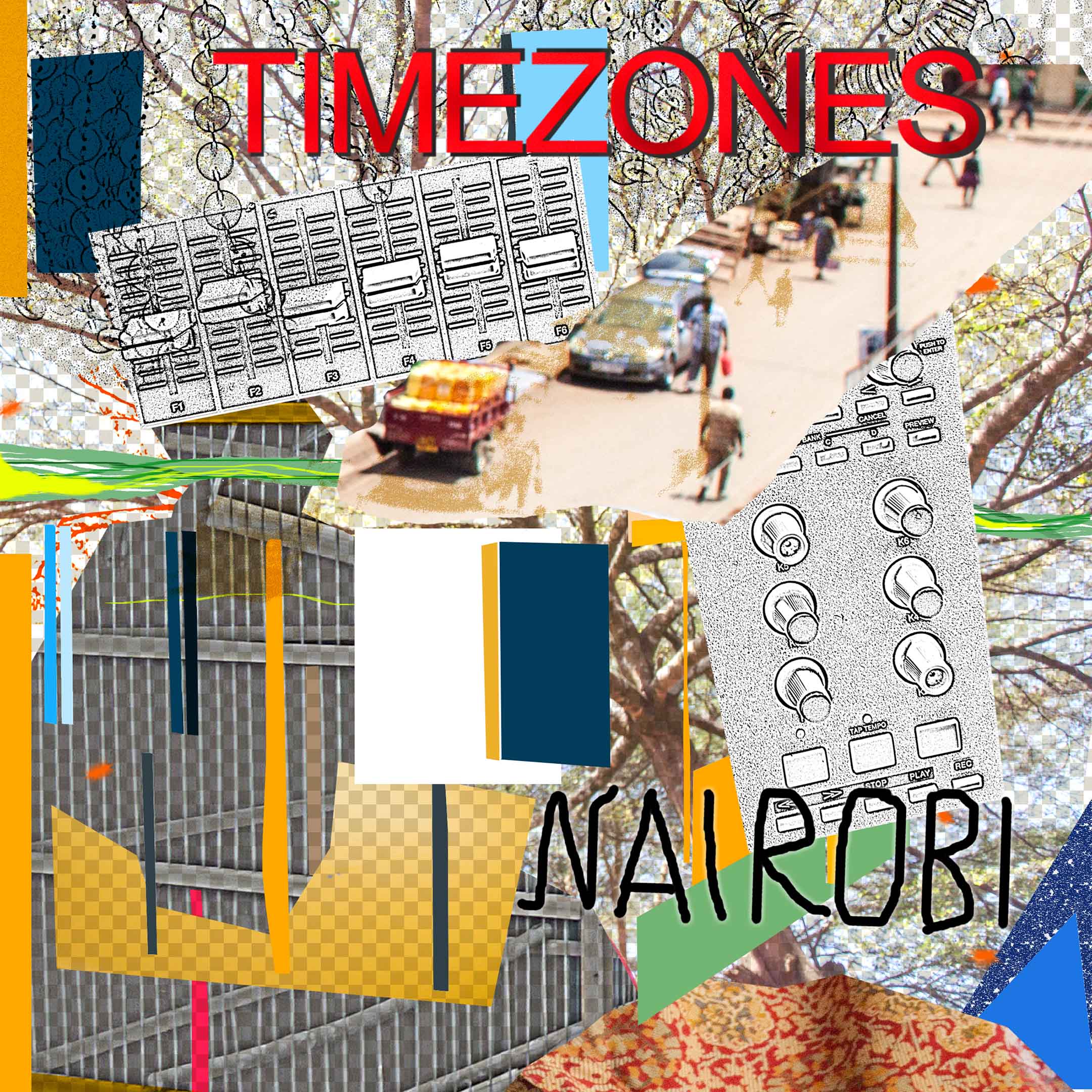
Emerging from the difficult time of the Covid-19 pandemic, when physical connection became complicated and dangerous, the Timezones podcast emphasises interesting ways of relatedness. It signals ways in which storytelling, dialogue and listening can transcend geographic borders. Here, space and time compress, allowing the collective hum of diverse experiences to reverberate. Overtone, timbre, pitch, amplitude and time combine to create new artistic forms that foster new ways of being together.
In a conversation published in Mubi’s Notebook 1, Dario Llinares and Neil Fox reflect on podcasting as an aural form that “plays a vital role of discovery [and] dialogue” through which sound aesthetic and content structures can trigger and guide the imagination of the listener. This ability to imagine worlds vastly different to our own, is demonstrated in the episode, Music or Weapon: Four Monologues from Ukraine which forms part of Season 3, focussing on Eastern Europe.
The episode narrates war experiences through reflections on daily life. Creating awareness of the political situation in Ukraine, these stories work against misinformation while exploring the beauty and enduring resilience of making life in an active war zone. “When I see blood and dead bodies everyday…I’m trying to make art but it’s really hard…but I still can’t stop doing something — to make visuals, to make music or to learn something new” reflects a local artist.
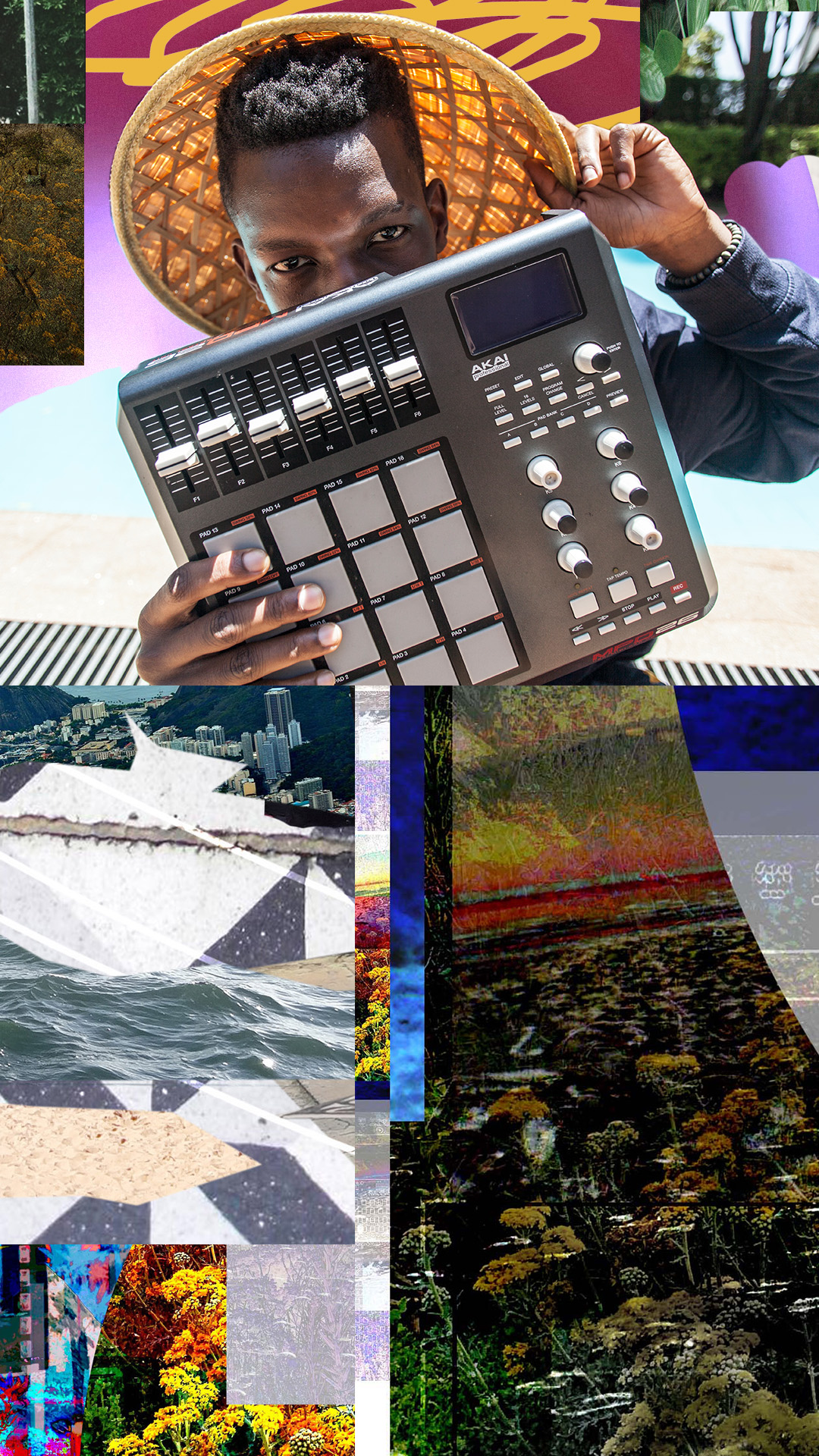
In other episodes, voices congregate around a specific thematic, engaging different grains of sound within a non-linear structure. For instance, explorations range from intersections between technology and the new normal, imagining worlds and making meaning, interdisciplinary artistic blueprint, traces of a city, beauty and chaos. At times, the voices feel disembodied and distant while at other times they feel close and intimate — holding you, without suffocating you.
A sense of interrelatedness courses through the composition and format of the podcast. By reflecting on opportunities and problems faced by artists in different parts of the world (shared and otherwise), Timezones highlights moments of connection and disconnection across time zones. The idea of a “timezone” seems a compelling way to think about flattening space.
If we characterise time zones as “tending to follow the boundaries between countries and their subdivisions instead of strictly following longitude, because it is convenient for areas in frequent communication to keep the same time” – then by definition, we have to acknowledge time zones as fiction. We have to acknowledge time zones as man-made constructions of convenience, which lends them as fragile, bendable and breakable allowing us to feel through and beyond them.
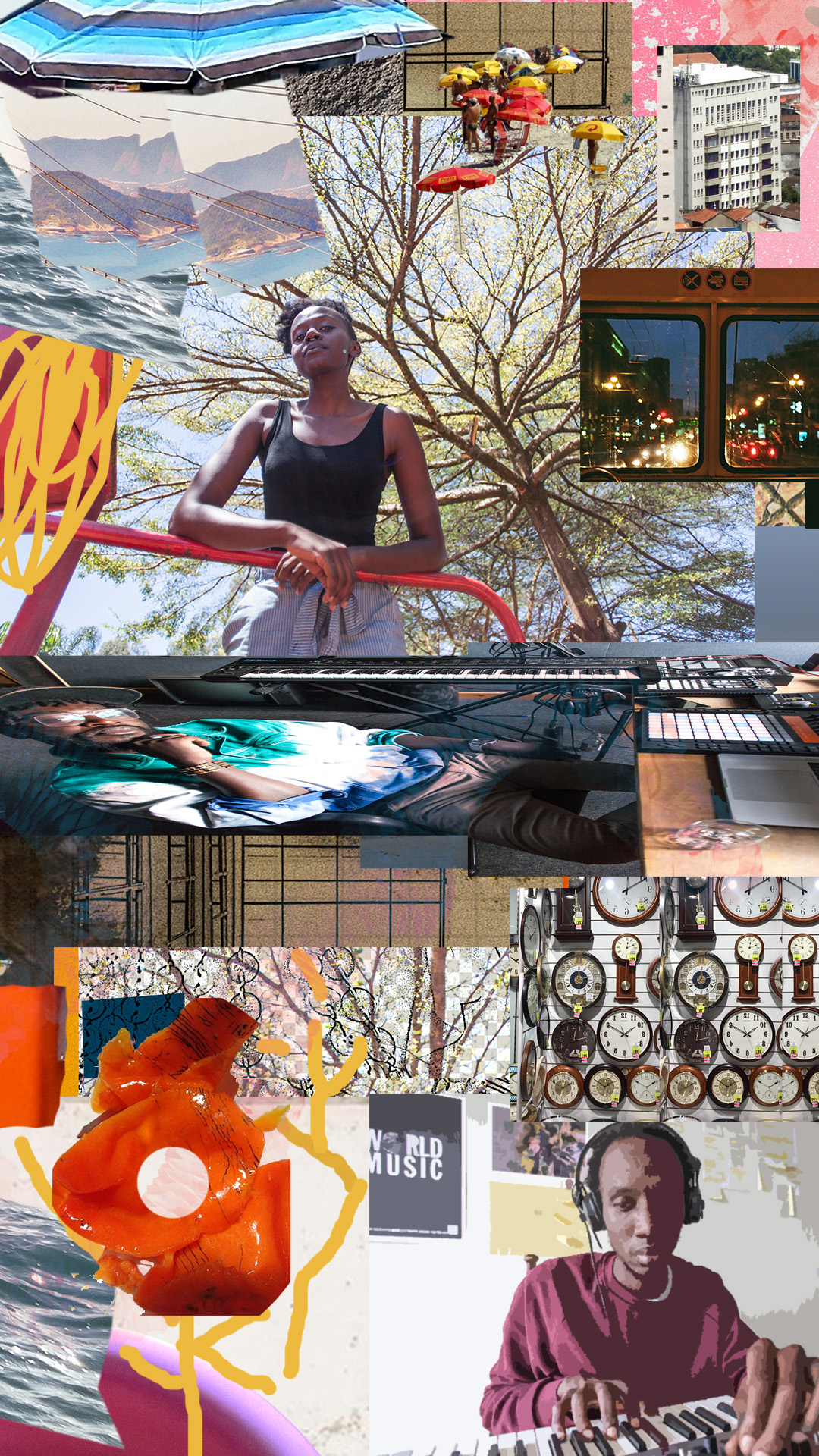
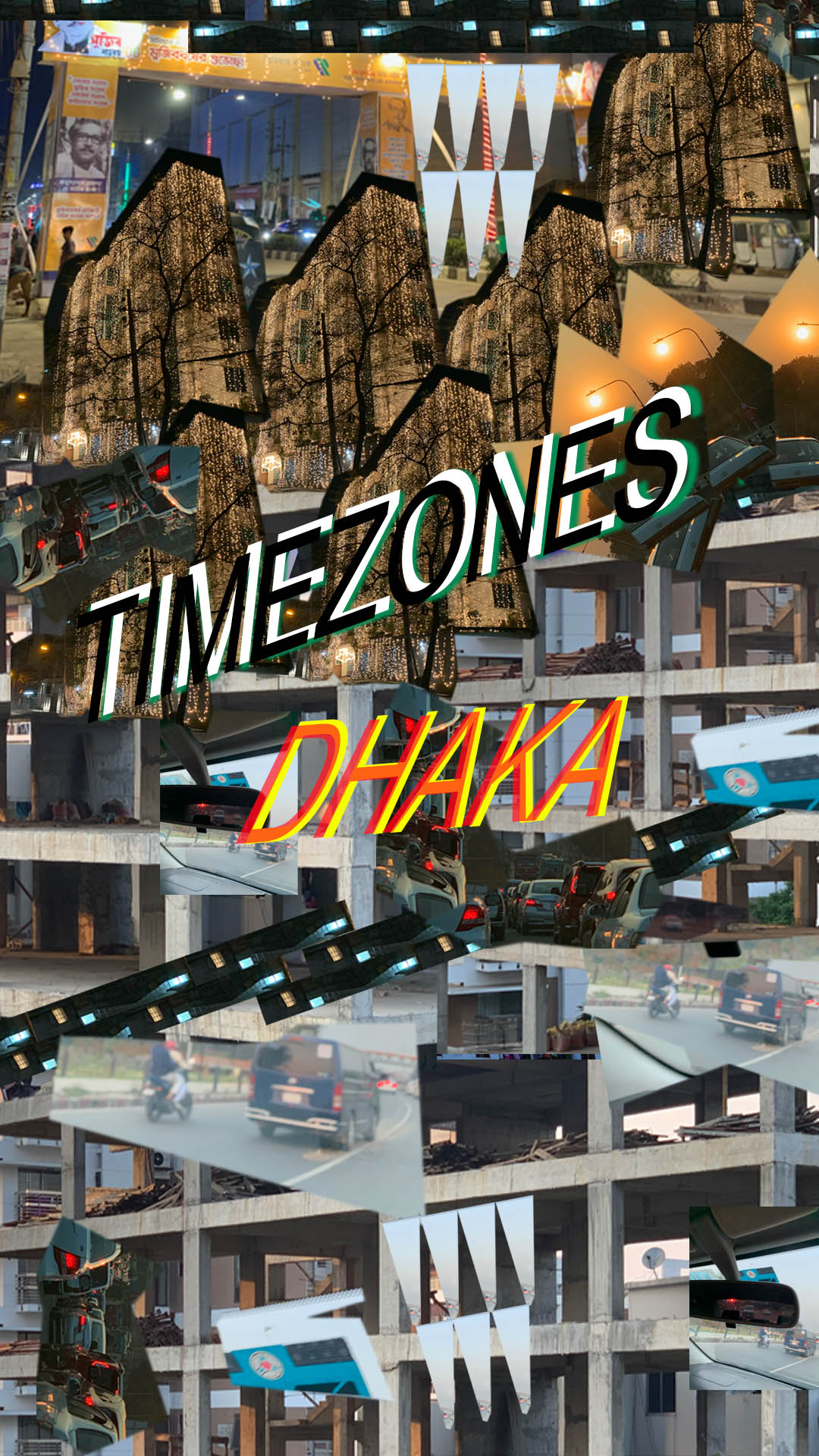
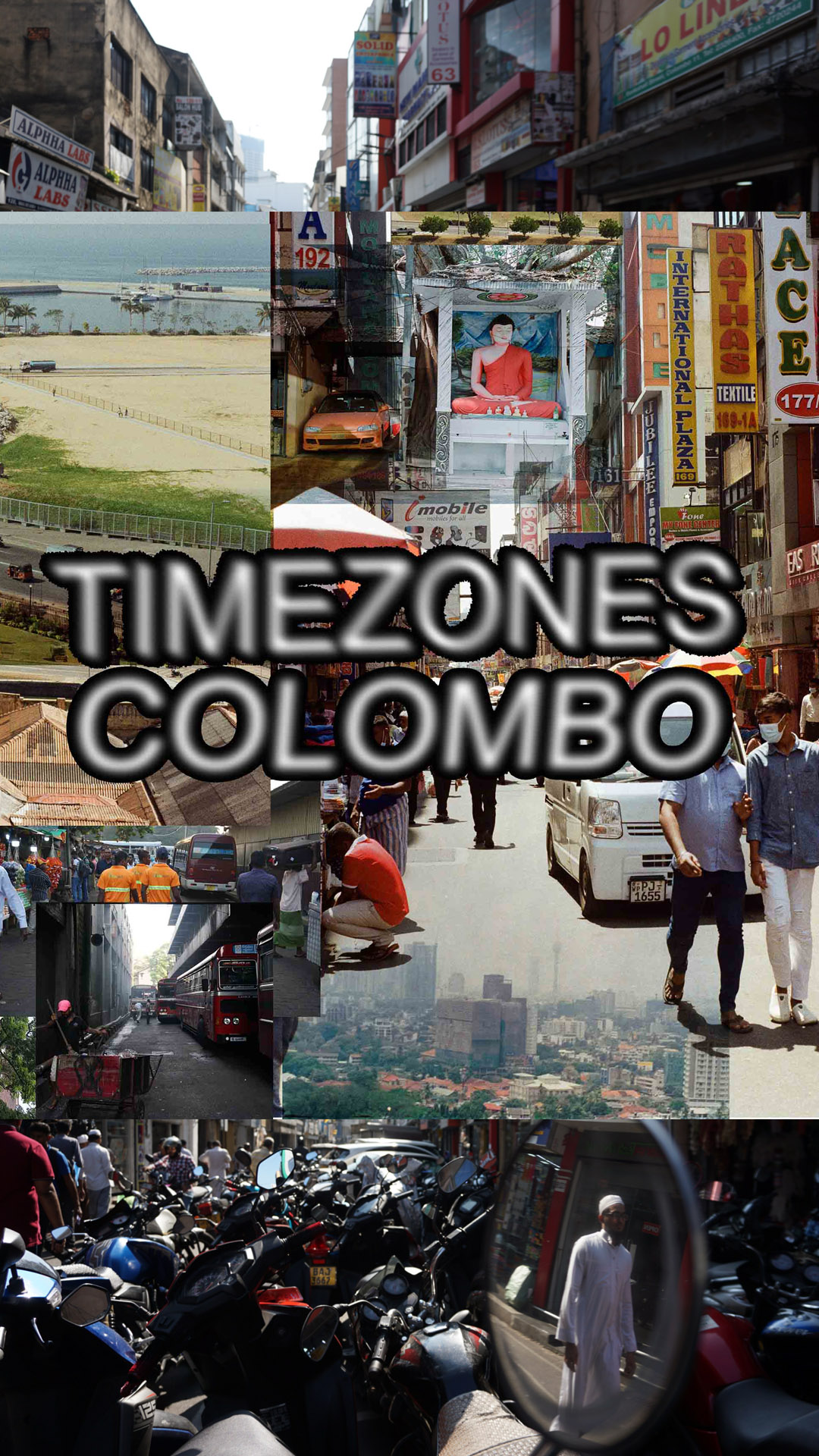
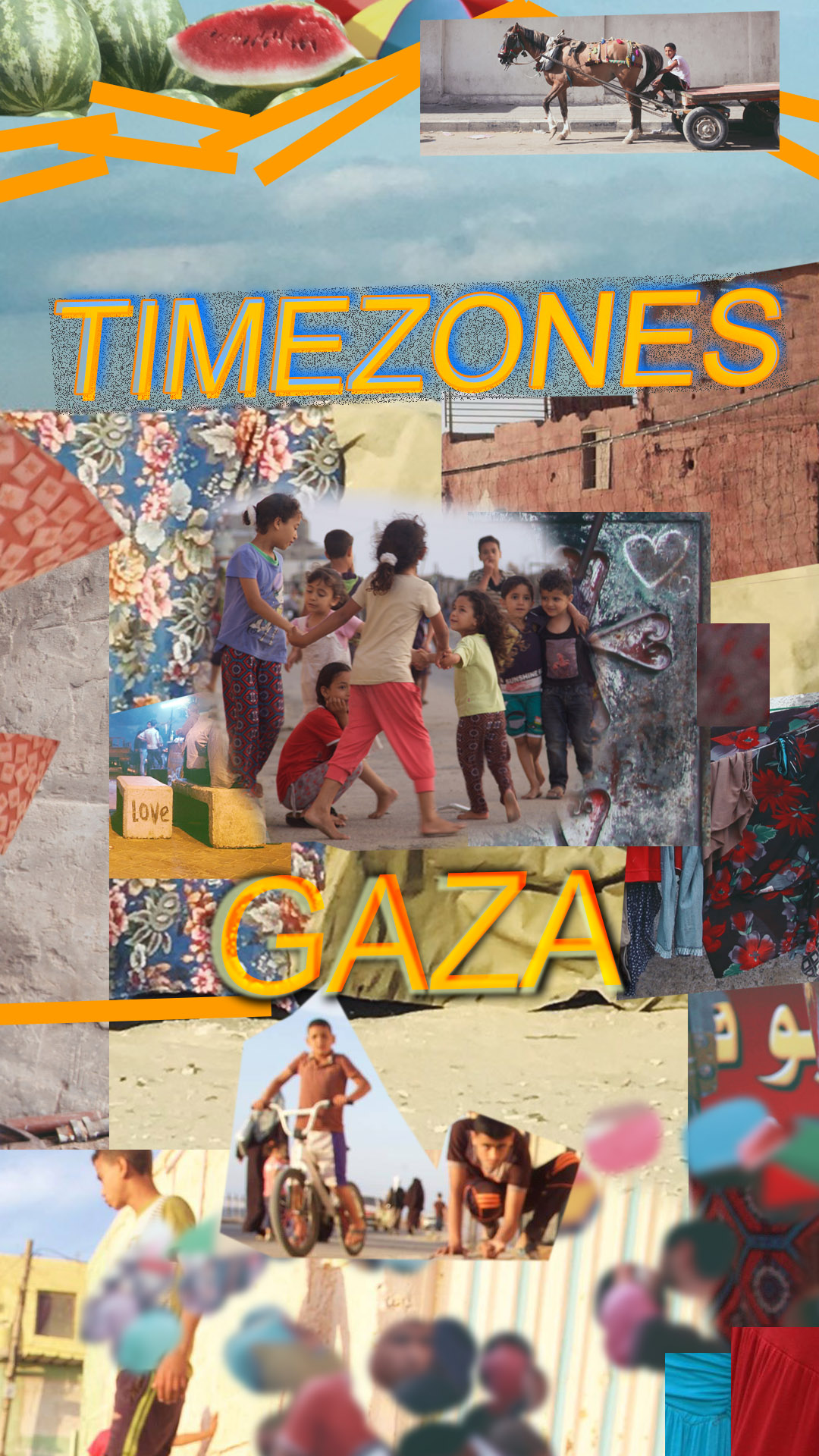
This story is produced in the context of an editorial residency supported by Pro Helvetia Johannesburg, the Swiss Arts Council.



















































